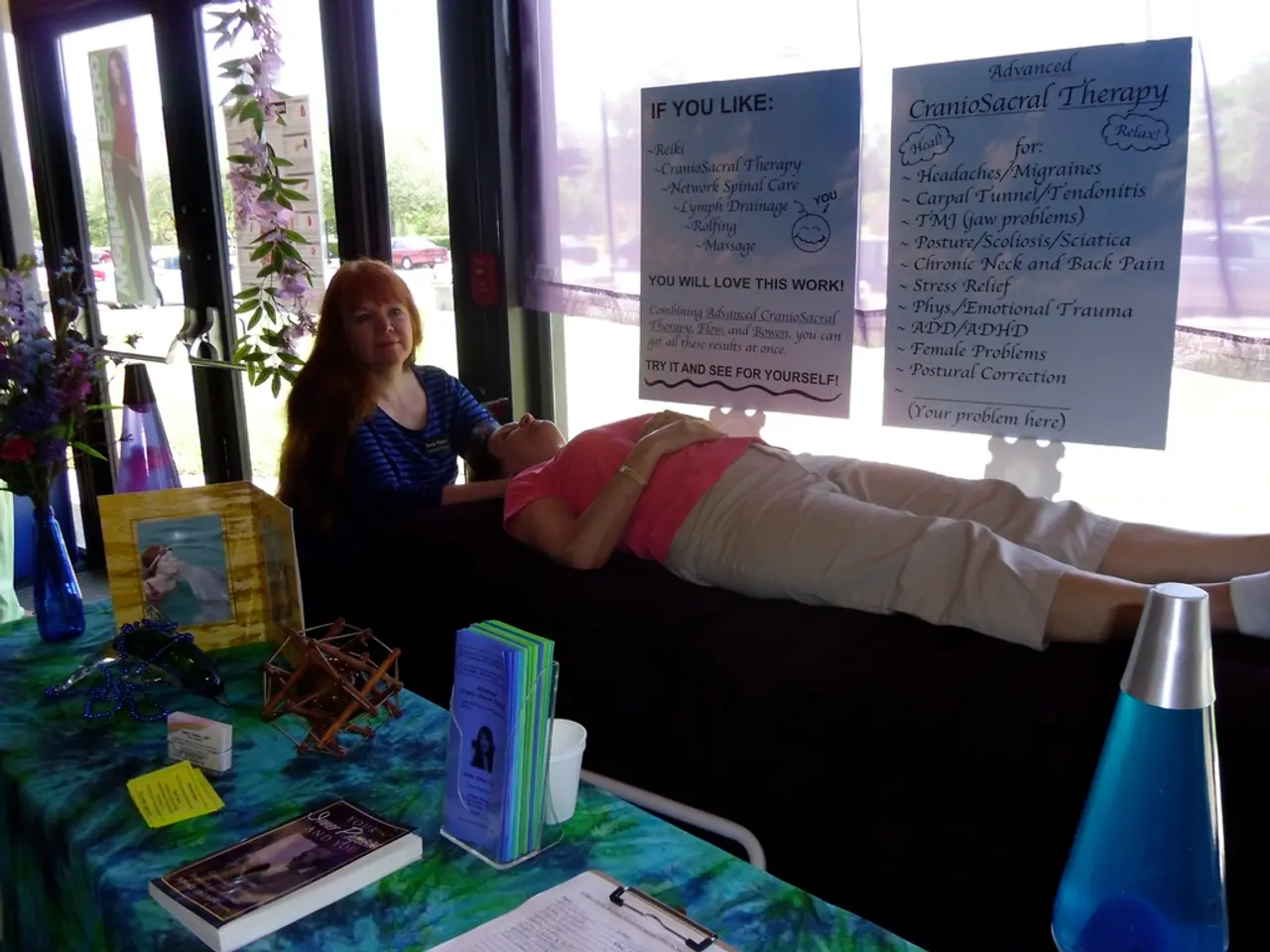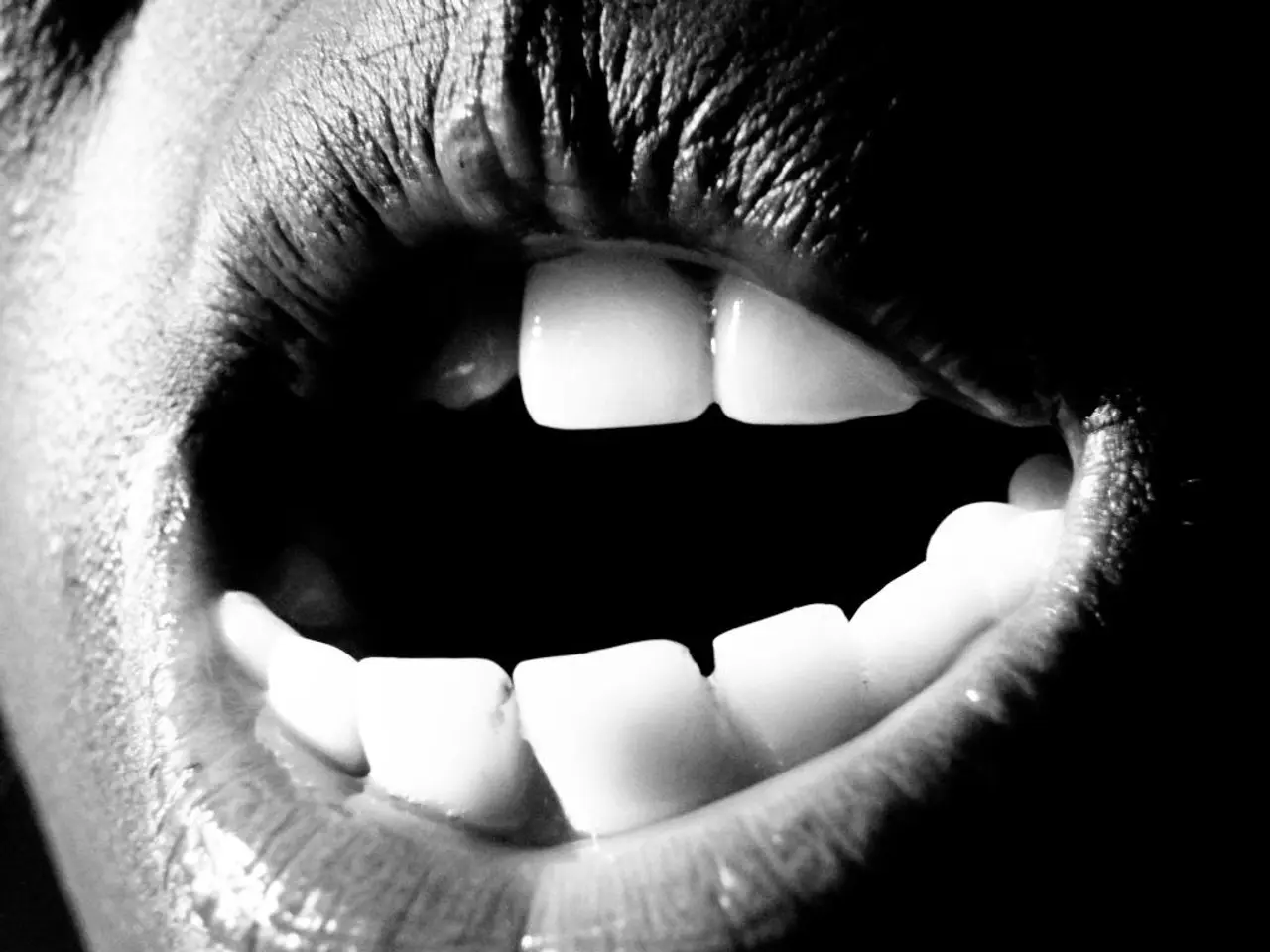Protecting Yourself from UV Rays: Identifying Quality UV-Protective Clothing
UV protection clothing has become increasingly important for individuals with sensitive skin, including children and those with very pale or red-haired skin types. This type of clothing offers superior protection against harmful UV radiation, making it a valuable addition to one's sun protection arsenal.
The effectiveness of UV protection clothing is measured by the Ultraviolet Protection Factor (UPF), which is similar to the SPF (Sun Protection Factor) on sunscreen. A higher UPF value indicates better protection against UV radiation. Common UPF rating categories include:
- UPF 15-24: Good protection
- UPF 25-39: Very good protection
- UPF 40-50+: Excellent to ultimate protection
Fabrics rated below UPF 15 do not meet established sun protection standards.
Key Standards and Their Testing Differences
There are several standards for testing UV protection clothing, each with its unique testing conditions:
- UPF Rating (International Standard)
- UPF measures the fraction of UV radiation that penetrates through the fabric, including both UVA and UVB wavelengths.
- Testing usually involves exposing fabric samples to artificial UV light to quantify how much radiation passes through. Ratings are assigned based on the percentage of UV blocked.
- Material and Fabric Testing Conditions Impact
- Weave tightness, fiber type, color, stretch, moisture, and wear condition all affect UPF results.
- Testing often assumes dry, unstretched, and unwashed fabric conditions because stretching or wetness reduces protection as fabric thins or becomes more transparent to UV.
- Some standards also test wet fabrics since wetting generally lowers UPF ratings substantially.
- Variations in Testing Protocols
- The exact test method (e.g., spectral range of UV lamps, angle of light, fabric sample preparation) can vary depending on regional standards or certifying bodies.
- Generally, standards specify controlled lab conditions aligning with typical wear scenarios but sometimes differ in inclusion of wet testing or mechanical stretching during tests.
Summary Table of Differences
| Aspect | Standard Characteristic | Testing Conditions Differences | |----------------------|------------------------------------------------|------------------------------------------------------------------------| | UPF Range | 15 to 50+ (below 15 fails standard) | Measured using artificial UV light simulating sunlight | | UV Wavelength Types | Both UVA & UVB measured | Some standards specify precise spectral ranges of UV to test | | Fabric State Tested | Typically dry, unstretched | Some protocols also test fabrics wet or stretched since protection lowers | | Sample Preparation | Controlled fabric samples, often multiple cuts | Variations exist in sample number, preshrinking, and conditioning | | Certification Bodies | AS/NZS 4399, ASTM D6603, ISO, others | Different regions apply specific standards with recognized test methods |
In brief, while UPF standards universally quantify UV blocking performance, differences mostly lie in testing conditions like dry versus wet fabric, mechanical stress (e.g., stretch), and the exact spectral range tested, which influence the declared UPF and thus the garment's protective claims.
For instance, technical UV-protective Lycra is engineered with certified UPF 50+ protection and tested to maintain performance both dry and in water environments, recognizing special conditions of exposure such as UV refraction in water sports settings.
Other standards, like the Australian/New Zealand Standard (AS/NZS 4399:1996) and the European Standard (EN 13758-1), are less stringent, as they only test the protective effect of the garments in the dry and unstretched new state.
When buying UV protection clothing, it is recommended to look for the UV standard 801, which is tested under realistic conditions like when wet, stretched, or washed several times. Munich dermatologist Marion Moers-Carpi, a member of the German Dermatologists' Association, supports this recommendation.
UV protection clothing is designed to provide an extra layer of protection against UV radiation, in addition to other sun protection measures like hats, sunglasses, and sunscreen. It can be beneficial for individuals exposed to intense sunlight for extended periods, such as hikers in high mountains, sailors, or those working in professions like road construction.
Even a normal white cotton shirt has a UPF of 10, which is considered low. In situations where everyday clothing may not provide sufficient protection, UV protection clothing can offer a UPF of 40 or 50, providing significantly better protection. The use of UV protection clothing is not limited to specific age groups or skin types but is recommended for anyone who needs additional protection against UV radiation.
It is essential to note that wearing multiple normal items of clothing does not achieve the level of protection offered by UV protection clothing. Therefore, incorporating UV protection clothing into one's wardrobe can provide an effective and convenient means of safeguarding sensitive skin from the harmful effects of UV radiation.
- The effectiveness of UV protection clothing, as measured by the Ultraviolet Protection Factor (UPF), can vary significantly based on the testing conditions, with some standards testing the fabric in dry, unstretched, and unwashed conditions, while others also test wet and stretched fabrics.
- UV protection clothing, like technical UV-protective Lycra, can maintain certified UPF 50+ protection in both dry and water environments, acknowledging the special conditions of exposure during water sports activities.
- When making a purchase, it is advisable to choose UV protection clothing tested under realistic conditions, such as wet, stretched, or washed multiple times, as indicated by the UV standard 801, which is supported by Munich dermatologist Marion Moers-Carpi.




